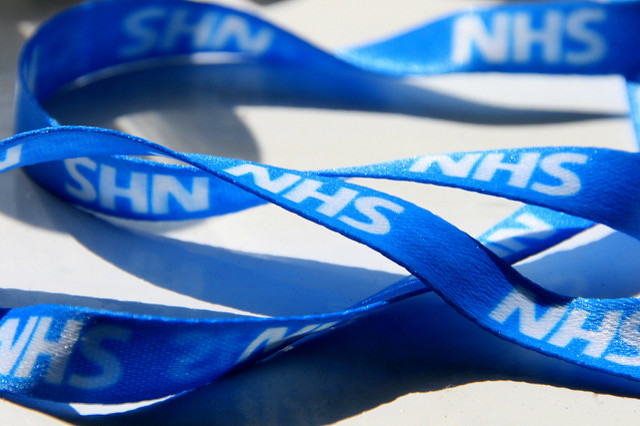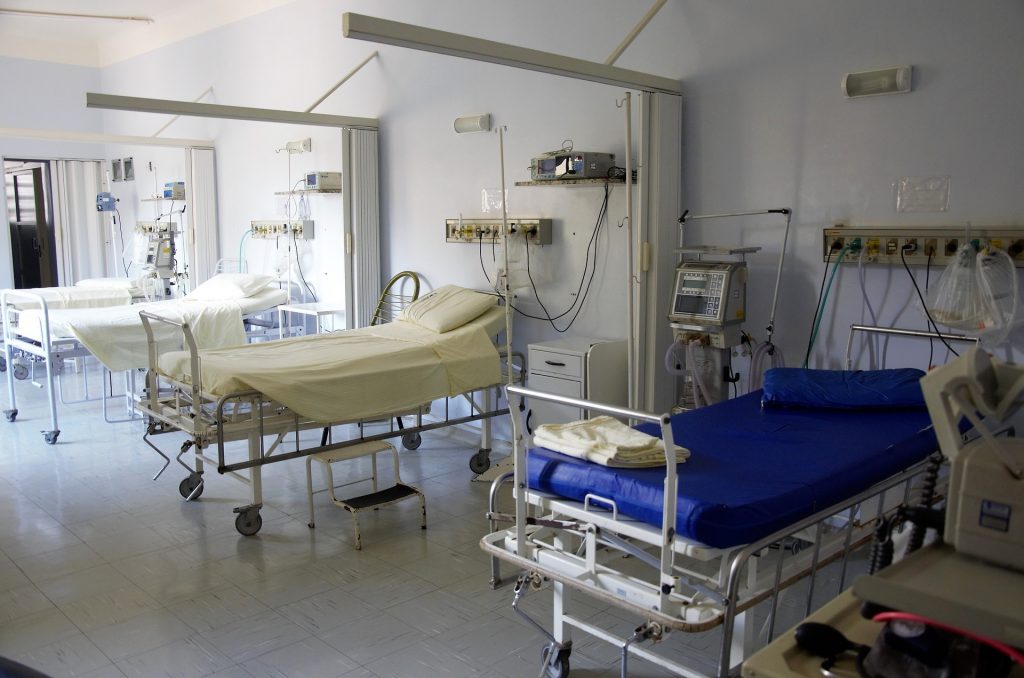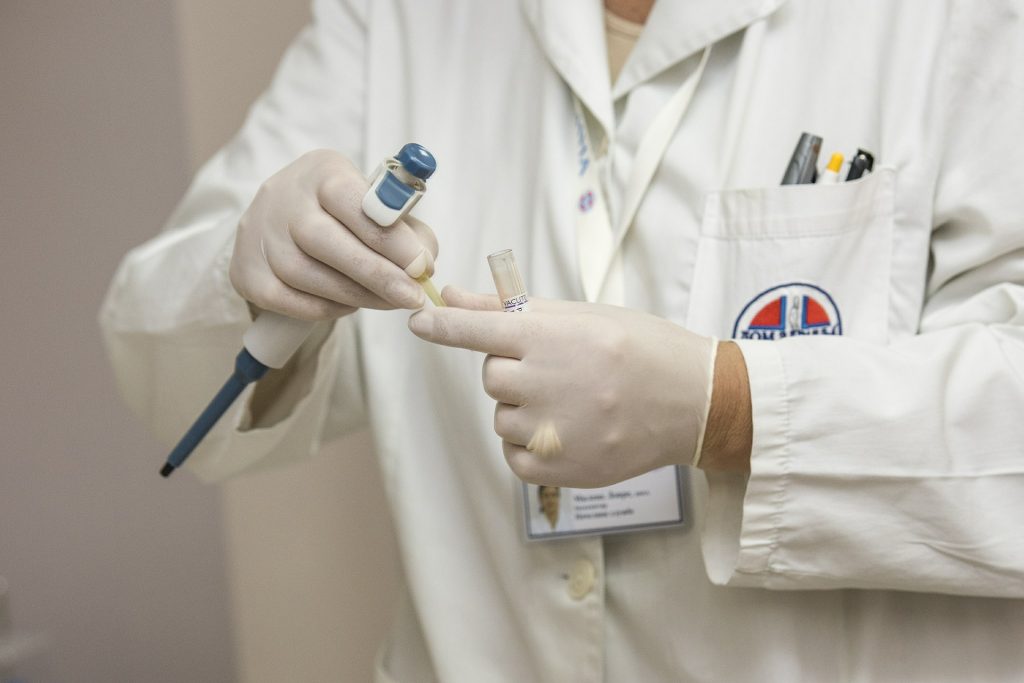
“If I had any one piece of advice for the NHS around going digital, it’s to get interoperability right from the start… we have hospitals in the US that have great computers but where 95% of the systems can’t talk to any other system.”
For me, if there’s any one sentence that sums up why we’re working so hard at SynApps Solutions around interoperability at the NHS, that’s probably it.
And it’s from an absolutely impeccable source, someone who really knows what he’s talking about – Dr Bob Wachter, the US digital health guru the government brought in to advise the UK on how to better utilise digital technologies.
Wachter told the delegates at HETT recently that of his three main messages to the Department of Health, interoperability built on a solid foundation of standards was just as important as his other two.
The warning is incredibly timely for NHS leaders. That’s because we have designed a standards based architecture here at SynApps Solutions helping build a practical solution to help NHS leaders avoid that fatal lack of interoperability (1).
Let’s remind ourselves what the agenda is here. Hospitals want to share patient data internally, as the paper chase is killing off productivity and is increasingly recognised as archaic by smartphone-savvy users. They also know that soon, they’ll want to share that data with other providers in a more integrated health and social care chain.
A new way to exchange health information and data
To that end, NHS England and NHS Digital are promoting the IDCR as the ideal way to achieve that. The challenge: unlike in the days of NPfIT, there’s no central, top-down procurement process to get an IDCR. You’re going to need to build one.
The good news is that SynApps and our partners can help. But it’s still a significant undertaking. There are two big parts of the puzzle emerging – CDA and MESH. CDA is an HL7-controlled standard for working with Clinical Document Architecture (think things like discharge summaries and progress notes), so is a great way to put your output into a useful XML-based format, while MESH (message exchange service for health),which is replacing the older NHS DTS standard, is a new way to exchange health information and data (2).
So now there is a format for producing at least some documents and a great way to send them. However, there is also information that is falling between the gaps. Hospitals can generate a PDF for a discharge note, for example, but then end up printing it off and posting it to your GP. That’s not really the mission here, clearly.
The heart of the matter here is that not enough NHS stakeholders have got their heads around the difference between coded and non-coded documents. Put simply, non-coded documents are less useful than coded, though a lot more useful than paper. With coded documents, you can add in information that health systems at the other end can pick up automatically, which gives the recipient a lot more context and useful information about the patient and the case.
So what we want to do is to provide a way for NHS practitioners to a) more easily start using coded electronic documents that best exploit the power of the CDA standard and b) allow them to start using the power of MESH to safely route and share such digital assets. The key to this is realising that hospitals have lots of different types of documents and data, e.g. DICOM and non-DICOM. We have to work with all these data formats to get to the kind of interoperable future Dr Bob, Jeremy Hunt and NHS Digital wants us to be moving to.
A fantastic opportunity
What we want to offer is a way to check in all those different sorts of documents and formats into a safe place that means they can get routed out again in packages that conform to the CDA and MESH protocols. It will be able to work with coded documents – and we think non-coded is the stepping stone we have to work with to get there.
Once we have this basis in place, just think of the things smart documents could do in the NHS – route information without any need for re-keying or asking the patient the same questions 20 times, allow collation of data for better analysis of the bigger trends at the local, regional and national level, programmatic search, and so on.
We are convinced IDCR is a content problem. Our distinctive contribution to all this is content. We are a content management company; to us, CDA and coded documents are just more content forms to store, manipulate, access and share. We are also very experienced in hosting, and IDCR is a prime candidate for being delivered via a web-based solution to promote intra-stakeholder collaboration and partnership.
We can deliver on the Watcher Review’s aims and get interoperability bedded down as soon as possible here, as well as make IDCR a really fantastic way to share data tomorrow.
If that sounds like work that will help your organisation, then get in touch to discuss how to build the best IDCR to meet your team needs. Drop me an email today.
Gary Britnell
SynApps Solutions Healthcare Business
- We’ve also discussed this fascinating work here and you can check out the details of Wachter and his team’s recommendations in the full report, Making IT work: harnessing the power of health information technology to improve care in England, here
- see this NHS England guidance for more on that transition





